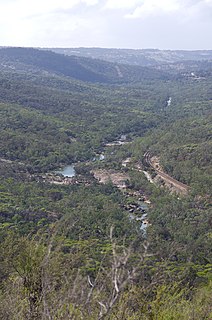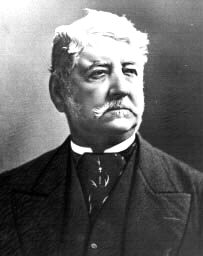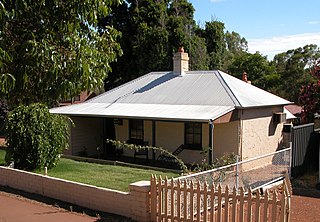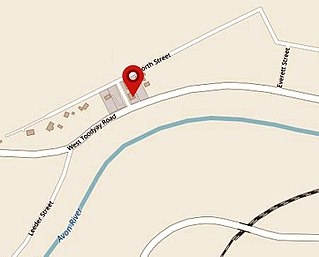Coordinates: 31°31′25″S116°25′34″E / 31.5235°S 116.4261°E [lower-alpha 1] In 1851, the Toodyay Convict Hiring Depot was set up in the original township of Toodyay, now called West Toodyay. Temporary accommodation for the Enrolled Pensioner Guards was also constructed and surveys were carried out to enable more permanent accommodation to be built close by. The Enrolled Pensioner Guards were men who had either completed their duty of service or who had sustained injury while on active service. They had then volunteered as guards on the ships transporting convicts to Western Australia. Once the men were released from permanent duty, other duties of a peace keeping or military nature were expected of them. Many of these men became warders in charge of convicts.

A geographic coordinate system is a coordinate system that enables every location on Earth to be specified by a set of numbers, letters or symbols. The coordinates are often chosen such that one of the numbers represents a vertical position and two or three of the numbers represent a horizontal position; alternatively, a geographic position may be expressed in a combined three-dimensional Cartesian vector. A common choice of coordinates is latitude, longitude and elevation. To specify a location on a plane requires a map projection.

West Toodyay was the original location of the town of Toodyay, Western Australia. It is situated in the Toodyay valley, 85 kilometres (53 mi) north east of Perth. The Toodyay valley, discovered by Ensign Robert Dale in 1831, was opened up for settlement in 1836. The original site for the town of Toodyay was determined in 1836 and its boundaries were finalized 1838. The first survey of the town was carried out in 1849. After several serious floods, the decision was made to move the town of Toodyay to higher ground. In 1860, the new town of Newcastle was established 3 miles (4.8 km) further upstream. Newcastle was renamed in 1910 to Toodyay, and the original site became known as West Toodyay.

Penal transportation or transportation was the relocation of convicted criminals, or other persons regarded as undesirable, to a distant place, often a colony for a specified term; later, specifically established penal colonies became their destination. While the prisoners may have been released once the sentence was served, they generally did not have the resources to get themselves back home.
Contents
- Setting up the Depot
- Enrolled Pensioner Guards
- Ticket-of-leave holders
- Transfer to another site
- Notes
- References
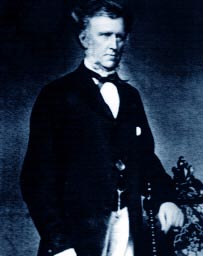
The decision to turn the colony into a penal settlement occurred after a good many settlers petitioned the Government to do so. The colony had struggled to survive during the 1840s. Governor Charles Fitzgerald supported the proposal and the colony became a penal settlement in 1849.

Captain Charles Fitzgerald was the Governor of The Gambia from 1844 until 1847, then Governor of Western Australia from 1848 to 1855.

The convict era of Western Australia was the period during which Western Australia was a penal colony of the British Empire. Although it received small numbers of juvenile offenders from 1842, it was not formally constituted as a penal colony until 1849. Between 1850 and 1868, 9,721 convicts were transported to Western Australia on 43 convict ship voyages. Transportation ceased in 1868, and it was many years until the colony ceased to have any convicts in its care.
The number of convicts sent to the colony was relatively small to start with. However, all that changed on 28 June 1851 when 293 convicts arrived on board Pyrenees . Their arrival had been unexpected. In addition, each convict was to receive his ticket-of-leave on disembarking at Fremantle. [1] :1




